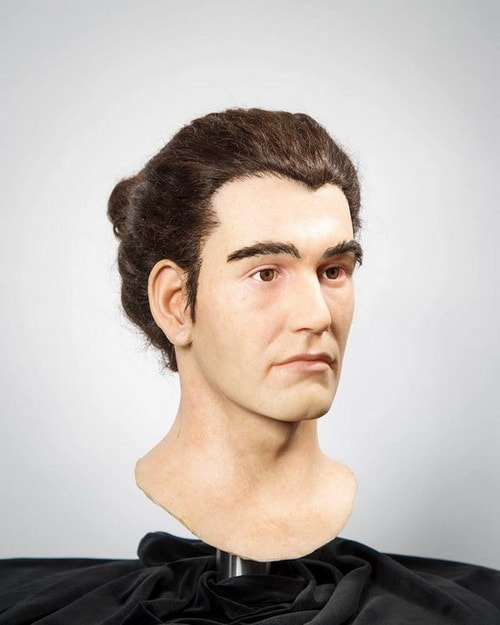
At Walt Disney World’s Magic Kingdom is the incredibly popular Hall of Presidents exhibit visitors to this exhibit are treated to lifelike animatronic figures depicting every U.S. president from George Washington to Barack Obama. However, would you believe some people refuse to go into the Hall?
It’s true. Some people just find animatronic figures too creepy to deal with. It’s no different from folks who will not visit a wax museum because the life-like figures give them the willies. There’s just something about re-creating human figures in lifelike form that creeps us out.
Always Something Missing
We don’t fully understand the creepy factor of animatronics, which is why the industry has yet to overcome the phenomenon. However, human behavioral experts suggest it might come down to an innate knowledge within the human brain that there is “something missing”. No matter how life-like an animatronic humanoid looks, we can’t deal with the fact that something is not right; something we cannot quite put our fingers on.
Experts suggest a couple of possibilities here:
- The Eyes – It has been said many times over that the eyes are the window to the soul. When you look into someone’s eyes, you can generally tell their overall mood rather easily. Sometimes you can even tell what they are thinking. When creating an Android Doppelgänger extreme care and attention is given to the eyes for those reasons. The most subtle motion, lower eyelid squint, how much of the iris is visible, and 100’s of other factors beyond the simple eyeball up/down left/right motion are considered.
- Facial Expressions – Some experts suggest that a lack of accurate facial expression is another part of the creepy factor. Custom Entertainment Solutions now offers an Android Doppelgänger Replication service, making it possible for you to have a custom doppelgänger made of anyone. As part of that service, we do our best to replicate facial expressions. This is not always as easy as a simple “smile” or “eyebrows up/down”. The uncanny valley is a very real thing that we must balance on when animating. On one side, if you make the motions on an ultra-realistic sculpture as real as possible you will inevitably miss something. That small “something” will trigger any human to feel terrified! The solutions we employ are stylization in either animation or sculpture.
- Fluid Movement – Employing robust fluid movement in our animatronic projects is another option in our Android Doppelgänger Replication service. Using complex closed-loop control theory and advanced feedback sensors fluid motion can be robust and adds realism. So much so that we can fool people if lighting and distance are manipulated in relation to the animatronic subject. It could be that our brains have trouble processing realistic fluid movement in light of the fact that we know we are looking at an android. It could definitely creep some people out.
Stationary Projects
What some of us in the animatronic business find so fascinating is that the creepy factor does not seem to apply with stationary products. For example, our new Ultra Realistic Artificial Hands are about as close to the real thing as possible. The main difference with these hands is that they are stationary rather than animatronic.
We have designed and built them so they can be posed in an almost unlimited number of combinations. However, because they are stationary, they do not seem to creep people out. Observers know they’re looking at something artificial so they are more likely to be fascinated by the realism.
Perhaps one day we’ll fully understand how the human brain works as it relates to animatronic humanoids. Many institutes, universities, and individuals are making progress in finding a bridge to this uncanny valley “creepy” effect. In fact we have created many different designs of humanoid heads for universities in Tokyo, Sweden, and Israel. The work that they and everybody else are doing may eventually lead us to overcoming the creep factor. It’s a daunting task indeed, but a challenge many are making exciting progress in!



2013